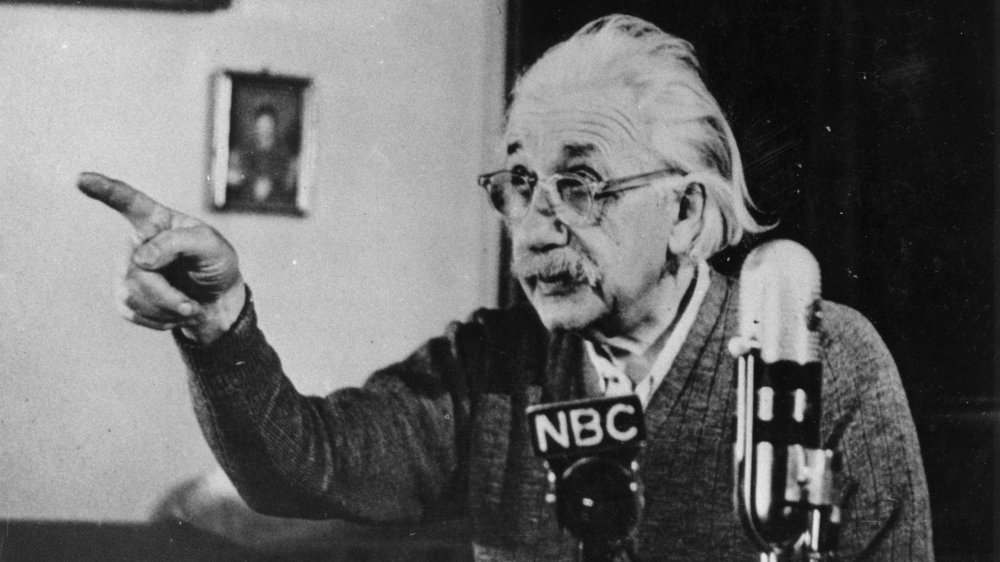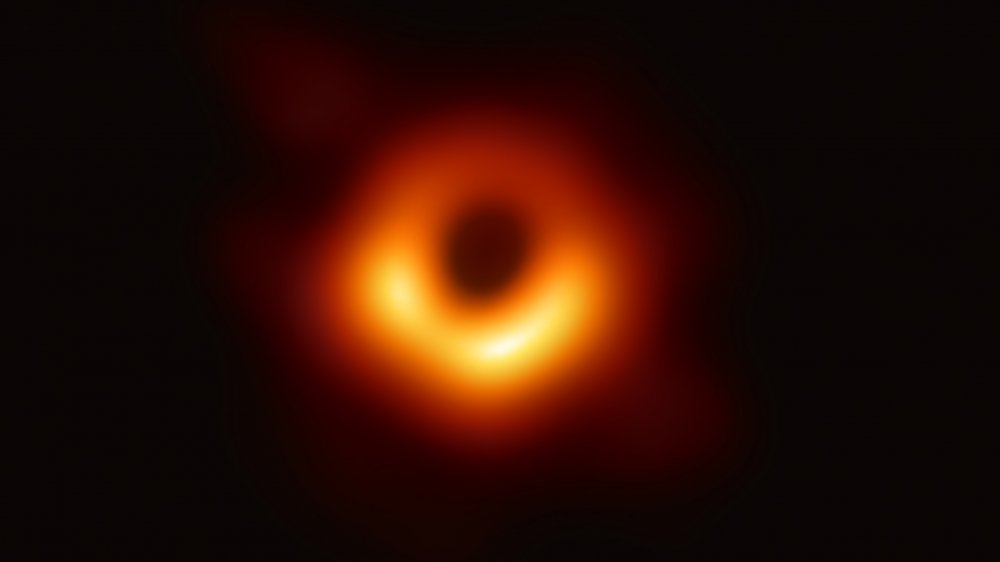How This Star Just Proved Einstein Was Right
"You were right." Surely one of the sweetest sentences in any language. It has to be even sweeter when applied to a theory that is eventually backed up by observable phenomena. Unfortunately, Albert Einstein, perhaps the most influential theoretical physicist who ever lived, isn't around to see this one — he died in 1955 — but maybe he's smiling anyway, wherever he is. On April 16, 2020, astronomers published a study relating how they had observed a star, S2, orbiting in a sort of dance around a black hole, Sagittarius A*, at the center of our galaxy.
According to CNN, the new study, published in Astronomy and Astrophysics, detailed observations made using the European Southern Observatory's Very Large Telescope, located in the Atacama Desert of Chile. The astronomers describe the orbit as being shaped like a rosette, which disproves Isaac Newton's theory of gravity (according to him, the orbit would be an ellipse).
According to Reinhard Genzel, director of the MaxPlanck Institute for Extraterrestrial Physics in Garching, Germany, "Einstein's general relativity predicts that bound orbits of one object around another are not closed, as in Newtonian gravity, but precess forwards in the plane of motion" — more specifically, a Schwarzschild precession, or forward movement, as explained by Livescience. The orbit is also described as resembling a loop-de-loop — like something created by a Spirograph.
Measurements were taken for nearly 30 years
The affirmation of Einstein's general theory of relativity comes after nearly 30 years of measuring the path of the astronomical bodies in question. The theory predicts how much the orbit varies in its course.
Born in Germany, he moved to the United States permanently in 1933, working at Princeton University for the rest of his life, and became a U.S. citizen in 1940. Popular Mechanics tells us that Einstein's prediction dates back to 1915, when he explained the seemingly odd orbit of Mercury. We know from Biography that Albert Einstein published his special theory of relativity in 1905, and in 1921 he was awarded the Nobel Prize in Physics. He died April 18, 1955, after refusing surgery for an abdominal aortic aneurysm. He's reported to have said, "I want to go when I want. It is tasteless to prolong life artificially. I have done my share, it is time to go. I will do it elegantly." He was 76. Perhaps he was right about that, too.

